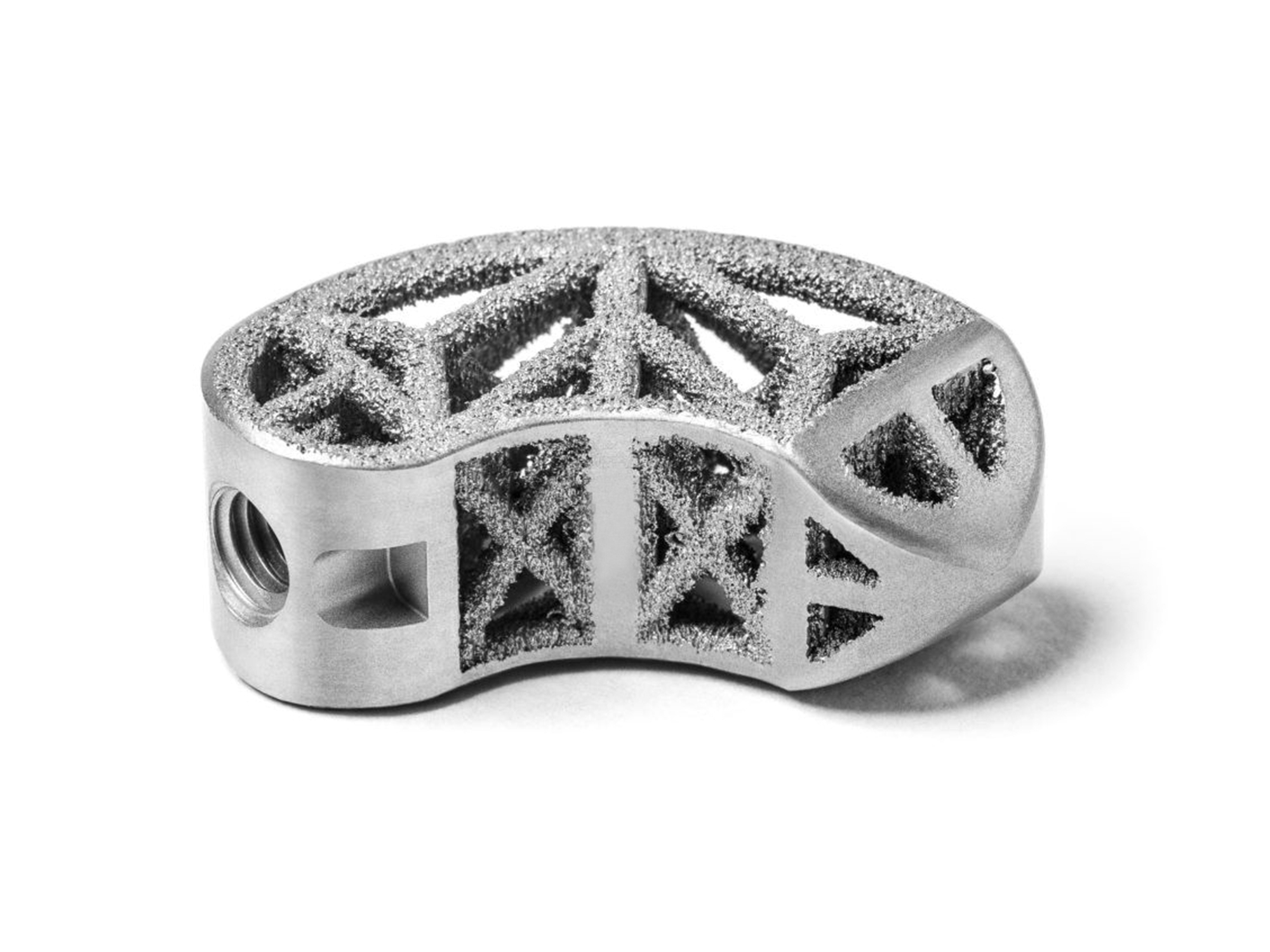Understanding Electron Beam Melting (EBM)
Electron Beam Melting (EBM) is an advanced additive manufacturing method increasingly used in CNC machining and modern production industries. Utilizing a high-energy electron beam, EBM selectively melts metallic powders layer-by-layer, crafting robust, intricate components. This revolutionary manufacturing process enables the creation of highly durable metal parts critical for industries demanding precision and complex geometries.
The Electron Beam Melting Process
EBM comprises several interconnected steps, carefully coordinated to convert metal powders into dense, functional components:
Step-by-Step EBM Process:
3D CAD Design: A precise digital model is developed using computer-aided design (CAD) software, tailored exactly to component specifications.
Data Preparation: The 3D design is digitally sliced into thin horizontal layers, forming comprehensive guidelines for the EBM machinery.
Powder Layering: Metallic powder layers, such as titanium alloy Ti-6Al-4V or nickel-based superalloys like Inconel 625, are uniformly distributed on a heated build platform within a vacuum chamber.
Electron Beam Melting: An electron beam selectively melts the powder as per the CAD-defined cross-sections. The electromagnetic coils accurately control the beam, ensuring precise dimensions and quality.
Layer Consolidation: Once a layer solidifies, the build platform slightly lowers, allowing the deposition of the next powder layer. This cycle continues until the complete component emerges.
Cooling and Extraction: The completed component gradually cools inside the vacuum environment. Remaining unmelted powder, which can be recycled for sustainability, is then removed.
Post-processing: Finished components typically undergo additional procedures, including precision CNC machining, polishing, and heat treatments to enhance surface quality and structural integrity.
Essential Components of an EBM System:
Electron Gun: Produces and accelerates electrons.
Electromagnetic Coils: Precisely control the electron beam's trajectory.
Vacuum Chamber: Ensures an uncontaminated environment crucial for achieving high purity and component strength.
Powder Hopper and Platform: Manages consistent distribution of metallic powder.
Commonly Used Materials:
Titanium alloys (Ti-6Al-4V, Ti-6Al-4V ELI)
Cobalt-Chrome alloys
Nickel-based superalloys (Inconel 718, Hastelloy X)
Stainless steels (316L, 17-4PH)
Aluminum alloys (AlSi10Mg, Al6061)
Copper alloys
Refractory metals (tantalum, tungsten)
Key Advantages of Electron Beam Melting
EBM presents several distinctive advantages:
High-Density and Strength:
Due to complete melting processes, EBM parts exhibit exceptional mechanical properties, significantly reducing porosity and improving durability.
Complex Geometry Capability:
EBM efficiently manufactures intricate internal structures unfeasible with conventional methods, enhancing component functionality and weight efficiency.
Material Efficiency:
Metal powders used in EBM, particularly expensive alloys such as titanium and nickel, can be recycled, significantly reducing waste and enhancing environmental sustainability.
Industrial Applications of EBM Technology
EBM is widely utilized in sectors where component performance is critical:
Aerospace Components:
EBM fabricates lightweight and structurally optimized aerospace parts like turbine blades and engine components, enhancing efficiency and reducing aircraft weight.
Medical Implants and Prosthetics:
Medical fields extensively utilize EBM to manufacture customized implants and prosthetics, improving patient outcomes with tailored medical solutions.
Automotive Parts:
EBM rapidly creates highly durable automotive components such as prototypes and specialized performance parts, vital for racing and automotive innovation.
Energy and Power Generation Components:
EBM-produced parts, including heat exchangers and turbine components, withstand extreme operational conditions, significantly enhancing energy generation efficiency and component longevity.
Challenges and Limitations of EBM
Despite its advantages, EBM faces several challenges:
Equipment and Operational Costs:
High equipment and operational expenses limit EBM's accessibility to specialized, high-value industries.
Surface Roughness and Post-processing Requirements:
EBM components generally require additional surface finishing, such as electropolishing, to achieve the desired aesthetic and dimensional precision.
Limited Material Compatibility:
Primarily suited for conductive metals, EBM restricts the variety of usable materials compared to other additive methods.
EBM Compared to Other Additive Manufacturing Technologies
Comparing EBM with alternative technologies highlights its unique benefits and limitations:
EBM vs. Selective Laser Melting (SLM):
Heat Source: EBM employs electron beams; SLM utilizes lasers.
Operating Environment: EBM operates under vacuum conditions; SLM typically under inert gases.
Speed and Finish: EBM provides faster build speeds with thicker layers; however, SLM generally achieves superior surface quality.
EBM vs. Direct Metal Laser Sintering (DMLS):
Melting Method: EBM completely melts metal powder for higher density, whereas DMLS partially sinters, resulting in marginally lower density.
Material Range: DMLS accommodates a wider material spectrum, including non-conductive metals.
EBM vs. Wire Arc Additive Manufacturing (WAAM):
Precision: EBM offers higher precision and fine detailing.
Deposition Rate: WAAM provides faster metal deposition but at reduced detail resolution.

